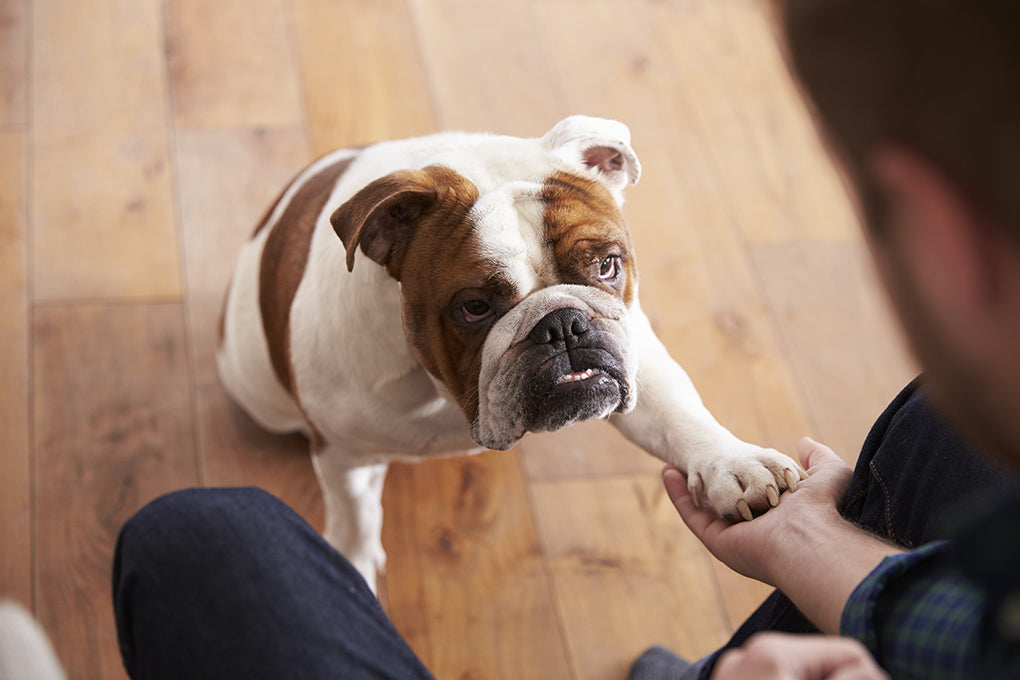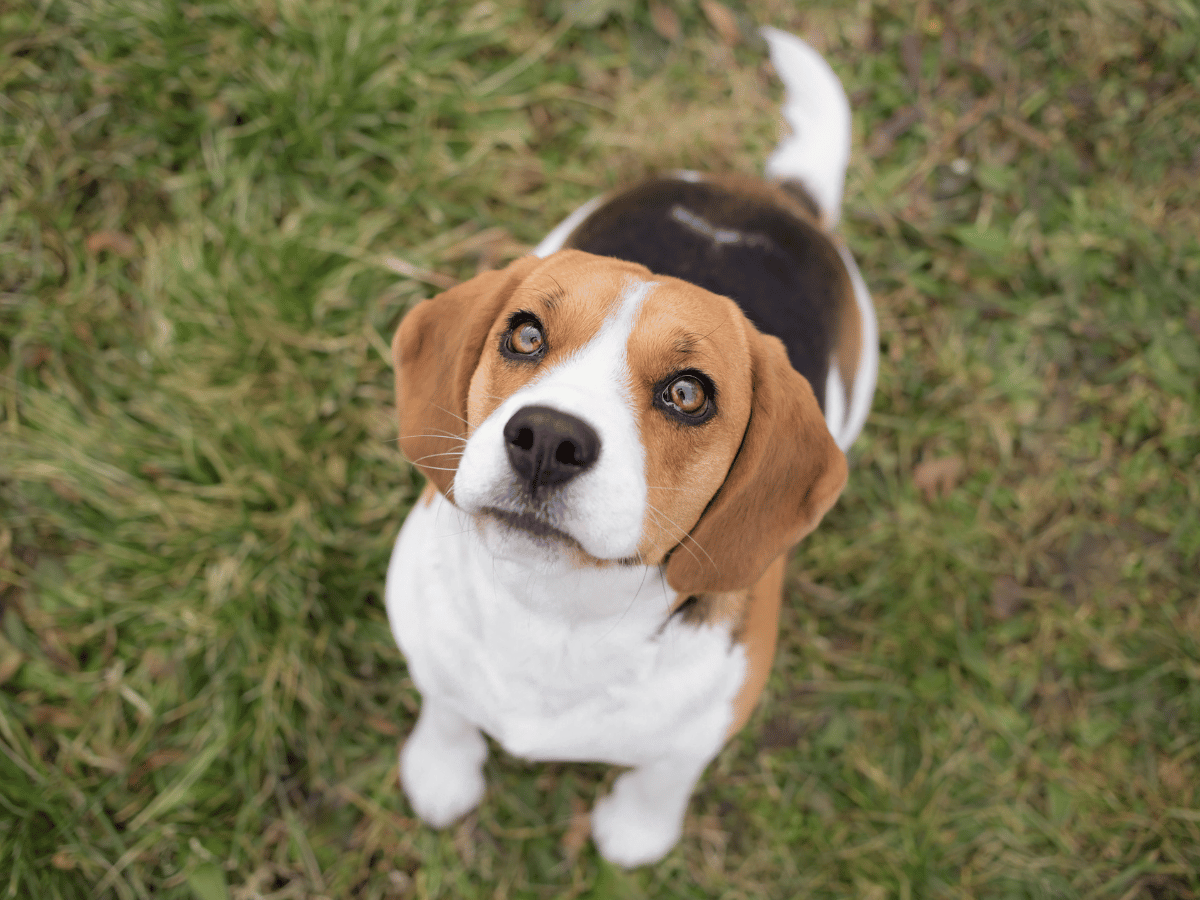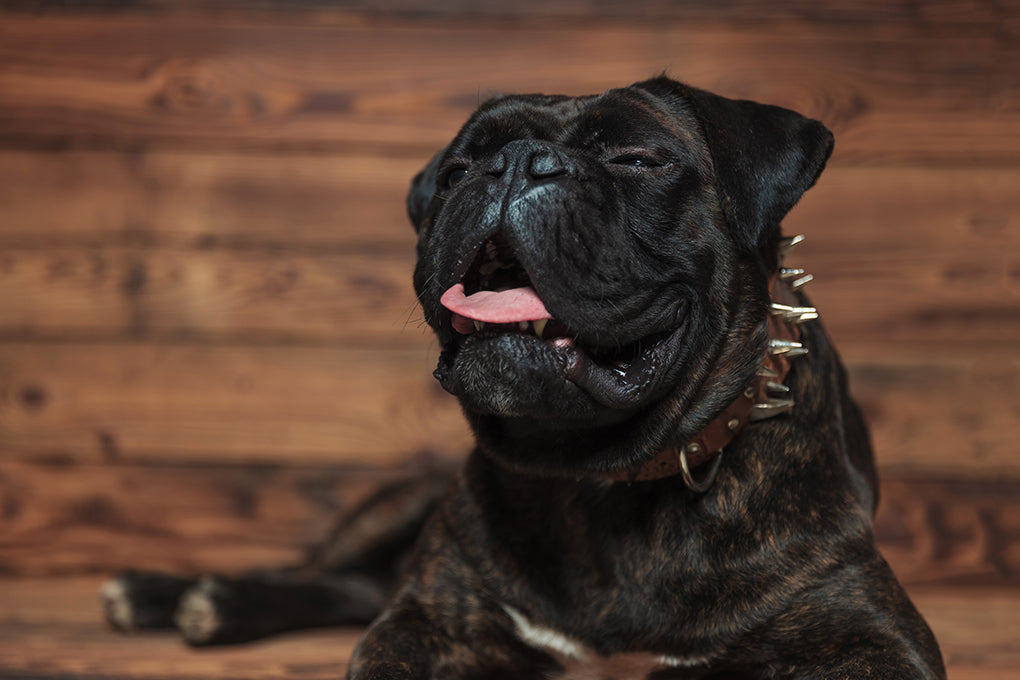
12 Easy and Fun Tricks to Teach Your Dog
Keep your dog busy and happy by teaching him some new tricks. Mental stimulation for a dog is just as important as physical exercise.
A few daily training sessions strengthen your bond with your dog and teach him obedience while having fun!
MOREOVER : 👉 Get the best homeopathic alternatives for your dog's health problems.
Teaching a dog tricks can sometimes seem impossible, as some have rather exuberant personalities, but by following the following three points, I assure you that anything is possible.
Basics: How to Teach Your Dog New Tricks
Positive reinforcement
A dog learns by making connections. By associating his behavior with something positive, he will want to reproduce that behavior.
Any action your dog naturally performs can be rewarded with a tempting treat, a favorite toy, or simply kind words. Then associate a voice command with that action.
My dog Kiwi, for example, relieves himself on command. I simply added a command when he does so and reinforced his behavior with a treat.
Patience
It is recommended to organize several short training sessions. This will make it easier for you to keep your dog's focus.
At first, your dog won't do exactly what you ask. Don't get discouraged. It's important to take it step by step and reward each improvement.
Consistency
Always use the same words for your commands. Using a specific word to signal good behavior is also a good idea. For example, I personally use “YES!”
Basic tricks, simple and easy to teach your dog

It's important to start with the basics, teaching your dog to be a good lapdog and listen to you on command. These simple tips will help you achieve that goal.
Sat
First, you'll take advantage of a dog's natural tendency to sit and reward your companion when he spontaneously does so. To speed up the process, you can also actively teach him this trick.
Place a treat above your dog's nose and gently move your hand toward his back. Instinctively, he will sit. At this point, say your cue word (“Yes!”) and then give your reward. Then gradually introduce your voice command at the very beginning of the command.
It is important not to force the behavior by pressing on your dog's rump, he will experience this as a constraint.
Layer
Once the "sit" is mastered, we move on to the "down" position. When the animal is in a sitting position, show it a treat in front of its nose and slowly move your hand towards the ground. Reward it when it begins to slide down voluntarily.
If he doesn't slide completely, reward him in stages. Each step toward what you expect from him must be rewarded so that he understands your intention.
Stay
Once you've mastered the "lie down" command, work on your dog's patience. Reward him when he lies down, but also when he stays down. Make your dog wait for his treat and slowly increase this waiting period.
Then, give the “stay” command and slowly move away before giving him the treat. Slowly increase the distance and distractions.
I turned this into a game of hide and seek with my dog at home!
At the foot
Begin training this trick in a quiet area, such as your backyard. Put your dog on a leash and begin walking near a wall or fence, leaving little space for your dog. As you walk briskly, reward your dog with a treat or praise when he focuses on you and doesn't pull on the leash.
If he pulls, make him sit until he calms down. I know, easier said than done... But, like I said earlier, patience is key in training!
With a lot of practice, you will be able to associate this behavior with the “Heel” command and your dog will walk beside you even without a leash.
Given
This trick can save lives if a dog steals a dangerous object or food.
Once your dog has the toy in his mouth, bring a treat to his nose, and if it's tempting enough, he'll drop the item. As he opens his mouth, give the voice command, then give him his treat. Take possession of the item and repeat.
Come on
The mistake we often make when a dog runs away is to shout its name several times, telling it to come to us.
If you know your dog is too distracted in a certain situation, don't use this voice command to avoid ruining it. You don't want him to understand that he has the right to ignore this command.
So you need to practice this command in a distraction-free area first and reward your dog every time he comes towards you within short distances. When he starts to approach, say your command and reward him the second he comes towards you.
Then gradually increase the distance and distractions to ultimately want him to respond to this command in an environment that is very exciting for him.
Cool, Unique, and Fun Tricks to Show Your Dog

The basics of obedience are important, but it's time to have a little fun with some unusual stuff!
Speak
Find your dog's trigger for barking and use it to induce the behavior. As soon as your dog barks, say "Yes!" and then reward him. After a few repetitions, ask him to "Speak" before using the trigger to create the association and you'll have your dog barking on command!
Cuddly
Kneel or sit on the floor with a treat in your hand. Have your dog approach you by showing it to him and bring it behind your neck. Your dog will rest his head on your shoulder, trying to reach the treat. Release the treat when he rests his head on you and praise him. Then incorporate the voice command.
Target
Teach your dog to put his nose on an object of your choice. Always keep the same object for training . Personally, I taught my dog this trick using my open hand.
I placed my open hand near him and every time he approached it, I gave him a treat. Once he touched my hand with his nose, I rewarded him even more and praised him enthusiastically.
To speed up the process, you can encourage him to touch your hand by hiding a treat between your fingers.
Hands up!
I taught my dog this trick this way. While he was sitting, I placed a treat near his nose and brought it over his head. I kept a reasonable distance so he didn't have to jump to reach it, but only lift his front paws.
Once in this position, I rewarded him. He eventually understood, and I then associated this behavior with the voice command “Hands up!”
After I got this step, I increased the difficulty by gradually moving away, so that the treat was no longer above his head.
Fatigue?
Teach your dog to yawn on command by praising him every time he yawns! Once he has finished yawning, give him a treat. When he starts repeating this behavior, then associate the command “Tired?” with him starting to yawn.
Ramp
Once your dog has mastered the "down" command, increase the difficulty by asking him to move forward in that position. Place a treat in your hand and present it near his nose, on the ground. Slowly slide it toward you, hoping he will follow.
If he moves forward even a little, give him the treat. Slowly increase the distance. If he gets back up, ignore it and start again.
Conclusion
When training, always set your dog up for success. Aim for small goals and avoid frustration!
Some dogs search for drugs in airports, others find people in avalanches, and some guide blind people. With a little imagination, you can teach your dog unimaginable tricks!
Don't forget that we always offer free recommendations to optimize your pet's health. In addition to receiving advice and recommendations from our Natural Health Advisors, they will also guide you on the products and treatment options that best suit your pet's health needs.





















1 comment
Merci de vos précieux conseils
Cordialement
Marie France Bouzon
Leave a comment
This site is protected by hCaptcha and the hCaptcha Privacy Policy and Terms of Service apply.